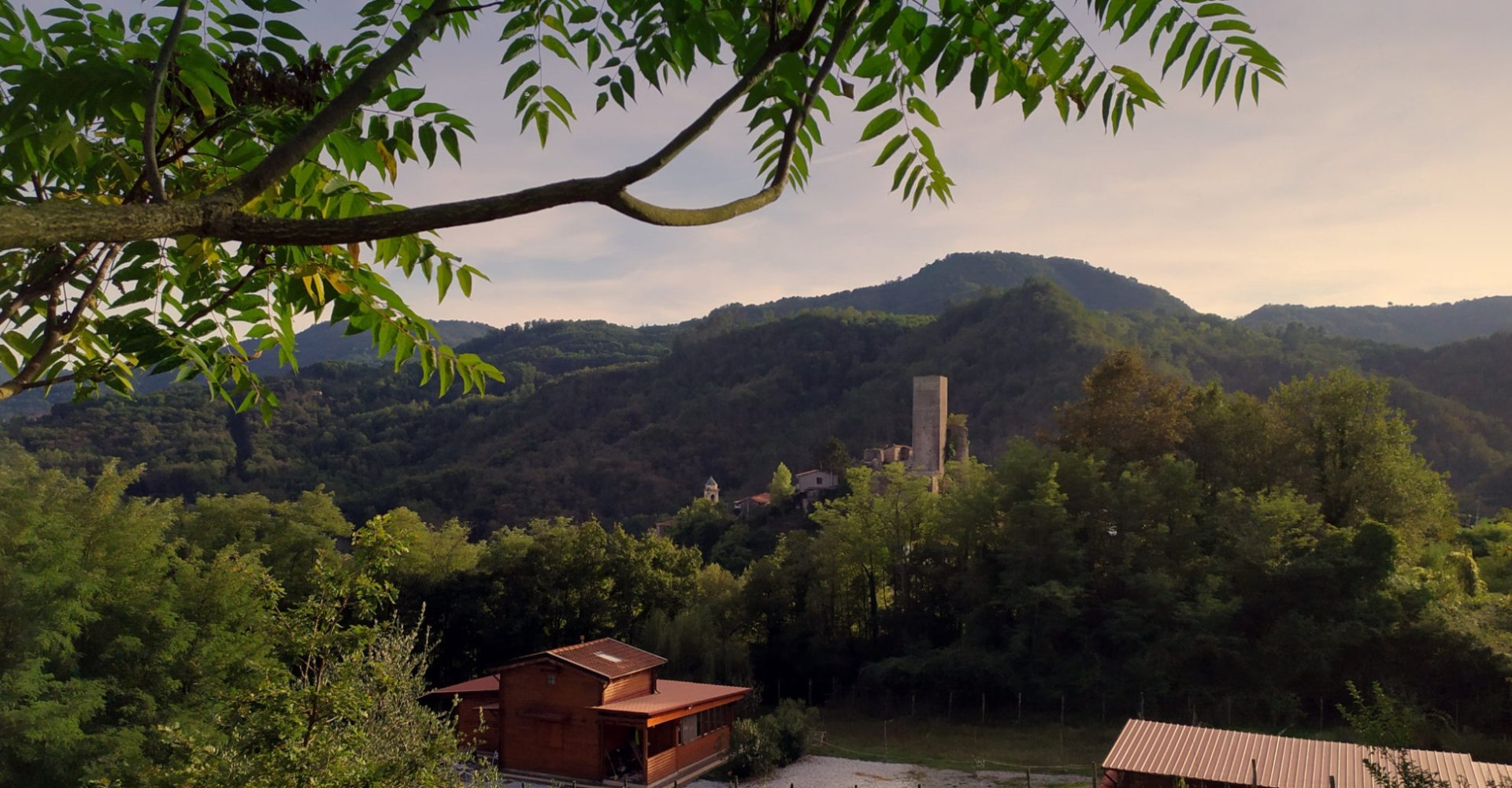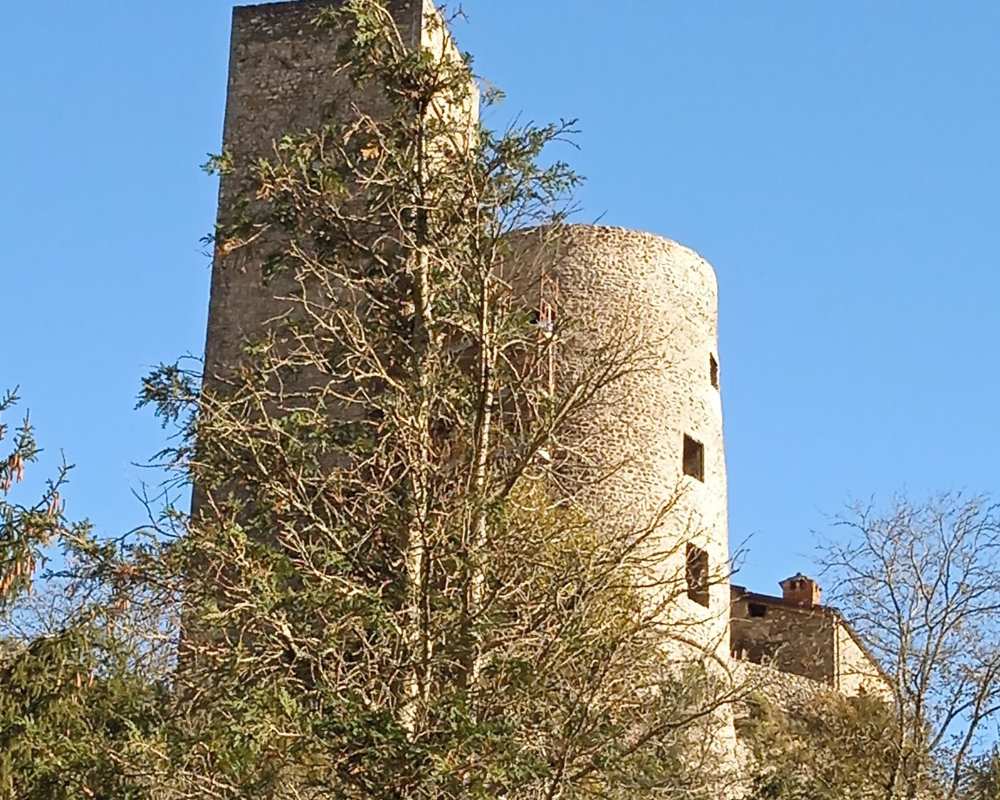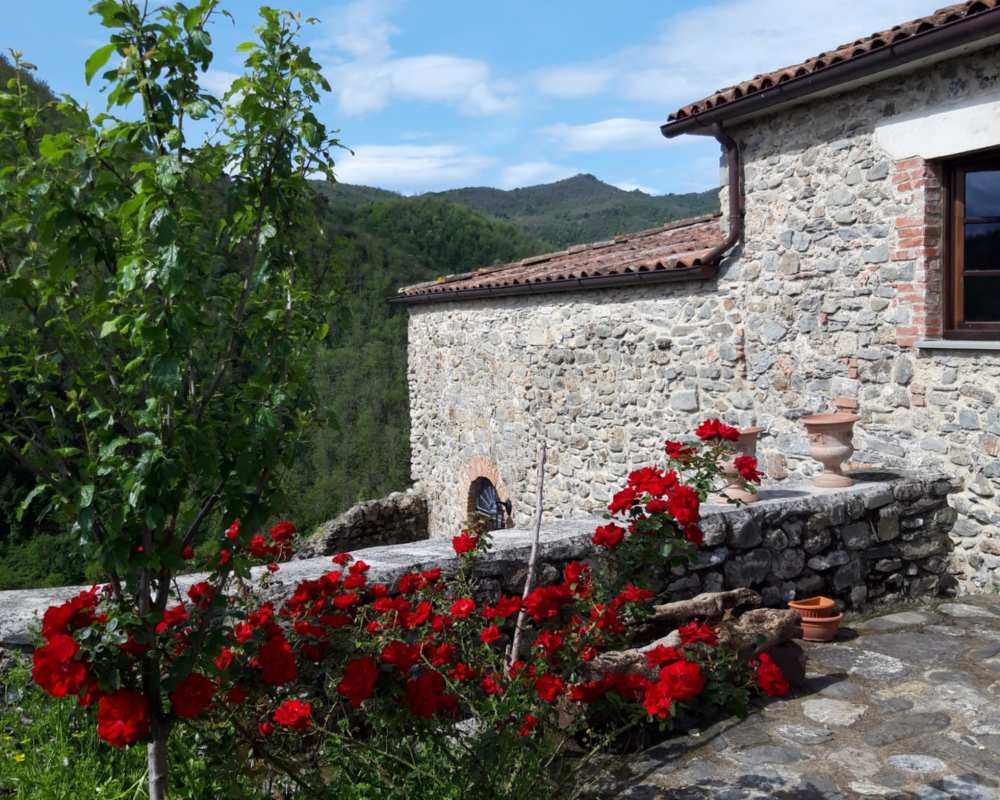
Castle of Tresana
A journey to discover tumultuous events and a thousand-year-old history
The village of Tresana is characterized by the presence of a majestic castle, situated in a dominant position over the valley that has always been inaccessible and easily defensible, as well as suitable for the control of the roas that connected the lower Magra valley with the Ligurian hinterland.
This part of Lunigiana was given as a concession to the Malaspina family of Mulazzo in 1164 by Emperor Frederick Barbarossa, who undertook the construction of a "turris sana" (very solid tower) right near the cliff: a Latin toponym from which the name Tresana would seem to derive.
The Castle of Tresana through the centuries

The Castle, like many other Lunigiana manor houses, has undergone several construction phases: the original core is represented by the mighty quadrangular tower, about twenty-seven meters high, which dates back to the year one thousand. Over the following centuries, the castle was expanded until a large tower with a circular base was added.
Tresana and its castle became an independent feud in 1565 thanks to Emperor Maximilian II, who granted the investiture to Guglielmo Malaspina. The emperor also gave the small feud the right to issue coin, a special privilege reserved only for two other marquisates: that of the Malaspina of Fosdinovo and that of the Cybo-Malaspina of Massa. Unfortunately, since 1588, the Mint of Tresana became notorious for counterfeiting coins, including those of the Papal States, which procured Tresana and its Marquis the excommunication of Pope Clement VIII.
A very turbulent period followed, which saw the people of Tresana take sides against the Malaspina family, to the point that Marquis Iacopo, brother of Marquis Guglielmo II, was killed in 1650 by an arquebus while climbing one of the Castle's outer staircases.
Later, the feud was occupied by the Spanish who, in 1660, sold it to the Princes Corsini of Florence, and again it was conquered in 1797 by the French following Napoleon. After the latter's defeat and the Congress of Vienna, the Castle of Tresana returned to Princes Corsini, who in 1856 sold it to Mr. Luigi Rossi, retaining the noble title of Marquis of Tresana.
The Castle today

Until not too many years ago, the castle was in a precarious condition. Fortunately, in 2009, the “Fondazione Defendente Maneschi” foundation became its owner and began renovation work involving much of the historic core. Returned to its former glory, the Castle can currently be visited by appointment.
In addition, at the foot of the fortress on which the Castle stands, in the building that was formerly used as a guesthouse for pilgrims who traveling the Via Francigena sought protection and refreshment in the shadow of the majestic Castle, an accommodation facility, whose guests have free access to the castle's evocative outdoor spaces, has been set up.